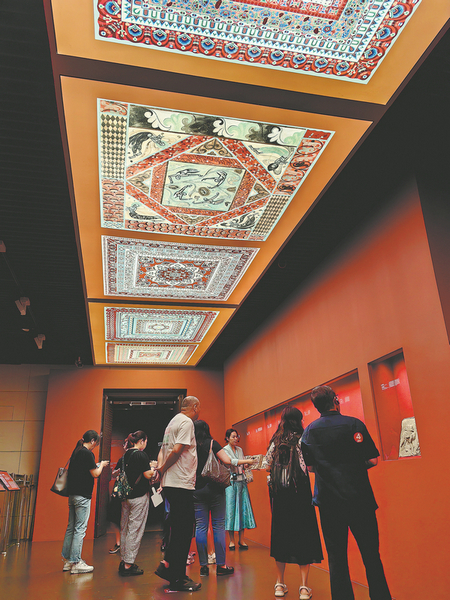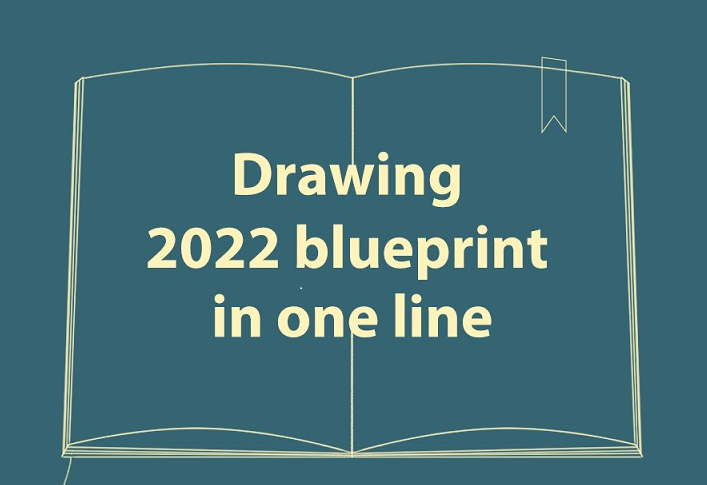Technology shows Mogao Caves in a new light

Visitors at the exhibition The Great Art of Dunhuang, from Sept 20 to Dec 20 at the China Art Museum in Shanghai. [Photo by Gao Erqiang for China Daily]
Duan Wenjie, former director of the Dunhuang Academy, used to call Cave No 285 "the pantheon of diverse cultures" because the frescoes feature Buddhist deities, immortals in ancient Chinese folklore and gods from Hinduism. Writings on the right wall showed that the cave was built in 538 and 539, which makes it the earliest among the Mogao Caves to have its origin year specified.
Cave No 17, or the Cave of Scriptures, was discovered by Wang Yuanlu, a Taoist monk in 1900, when more than 50,000 pieces of relics were excavated, including Buddhist scriptures, social life documents, paintings, embroidery and more. Thanks to digital technology, the exhibition brought several important documents and scriptures from the cave to the public, which are now in museum collections around the world.
This year marks the 80th anniversary of founding of the Dunhuang Academy. "We present this unique experience of Dunhuang art in Shanghai thanks to several generations of scholars who devoted their lives to the research and conservation of the cave art, so we have a section of the exhibition that tells their stories and contributions," Zhang says.




 Print
Print Mail
Mail



